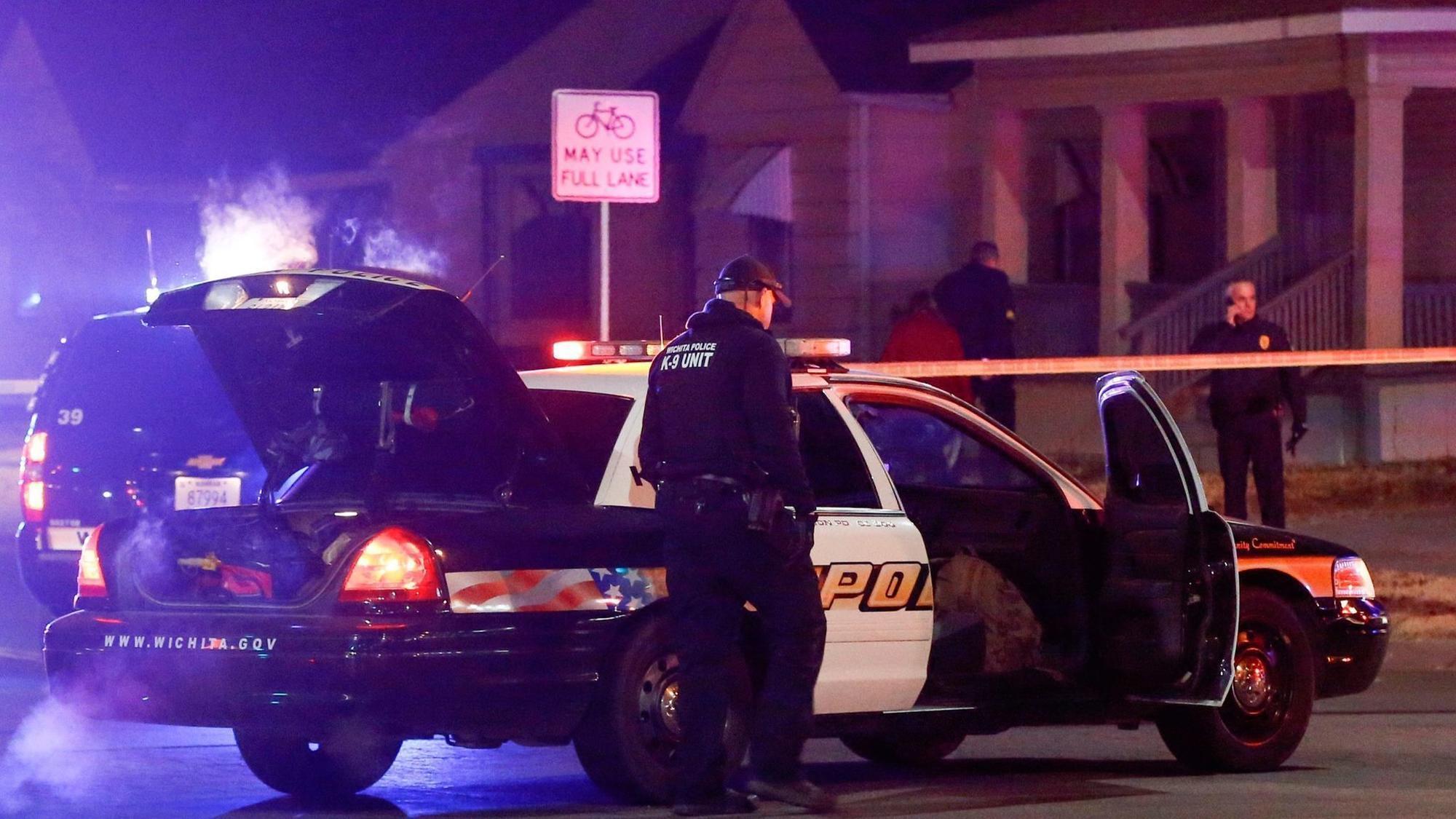
January 10, 2018
By Brittan Heller | Director of the Center for Technology and Society & Aaron Sussman | Associate National Civil Rights Counsel
It was a hoax turned deadly. On the evening of December 28, a distressed-sounding man called the police in Wichita, Kansas, and confessed that he had shot his father in the head, was holding his mother and sibling hostage, and had poured gasoline in the house, threatening to set it on fire. He then gave the police his address.
The call, though, was not made from the address provided by the caller. There was no hostage situation or dead body inside the house the Wichita police surrounded. It was the home of the Finch family, who had no known connection to the caller. As the police were staking out the house, Andrew Finch, a 28-year-old father of two, appeared in the doorway, unarmed, to investigated the noises he heard coming from the yard. He was shot to death moments later by a police officer.
The killing of Andrew Finch is believed to be the first death caused by “swatting,” a dangerous practice in which a person attempts to send a SWAT team or other emergency law enforcement unit to someone’s home by falsely reporting that a violent crime is taking place or is imminent. The alleged crime often involves an armed intruder, hostage situation, or bomb threat. Celebrities and politicians have been the victims of swatting, but the practice is also associated with online gaming, where the response by law enforcement might be captured by a webcam and livestreamed. According to news accounts, it was online gaming—more specifically, a dispute about a $1.50 wager between two players —that led to a police officer shooting and killing Andrew Finch. The FBI estimates that there approximately 400 incidents of swatting each year.
Current law is inadequate to fully address swatting. Reports regarding the alleged “swatter,” a California man suspected of calling the Wichita police, for example, only say that he was arrested in connection with a hoax 911 call and is being held without bail; it is not clear what state laws he can be charged with once extradited to Kansas. And, despite many cases of swatting being interstate or even international, there is no federal law specifically prohibiting the act. Swatting laws—and a federal swatting law in particular—are necessary because the practice has multiple unique aspects that make it a poor fit with existing criminal statutes.
The most serious cases of swatting are also the ones that may raise some of the thorniest issues under existing law. If a person suffers injury or is killed because of swatting, it will be because of a law enforcement officer’s use of force against someone who is not a suspect in any crime, thus making the swatter’s connection to the injury or death at least somewhat attenuated. In the Wichita case, the police received the false address from one of the gamers—and the location ended up being the Finch residence. How attenuated that connection is, and how culpable the swatter is, are questions that must be engaged in order to craft a fair and proportional swatting law.
Swatting is substantially different than most instances of filing a false police report or making hoax calls to law enforcement or other emergency personnel. In the typical swatting scenario, a person is creating a situation where a large number of police, or an actual SWAT team, descends on a person’s home, weapons drawn, expecting an ongoing emergency in which lives are stake and little information is known other than what the caller provided. The swatter’s 911 call is intended to prompt such a scenario, and swatters should reasonably know that a tragedy could result. It is not uncommon for people—including unarmed people and those uninvolved in the suspected crime—to be seriously injured or killed by police, including by SWAT teams.
When looking at a swatter’s state of mind, which would relevant for criminal law and prosecution, it seems likely in the typical case, that the swatter would have acted with recklessness and indifference to the likelihood of someone getting injured or killed. However, the practice is difficult to analogize with other existing crimes. Is an incident of swatting in which someone is injured or killed similar, in terms of culpability or mental state, to a drunk driver hitting a pedestrian? To a bank robbery that causes a teller to have a heart attack? To a bomb threat called into a public place that results in someone getting injured during the evacuation? These crimes may have elements that overlap with swatting, but none involves the intervening bad act of a third party, nor the technological elements inherent in swatting.
Swatting is exceedingly dangerous, morally despicable, and factually unique. The law is currently inadequate to address it, and that needs to change.









